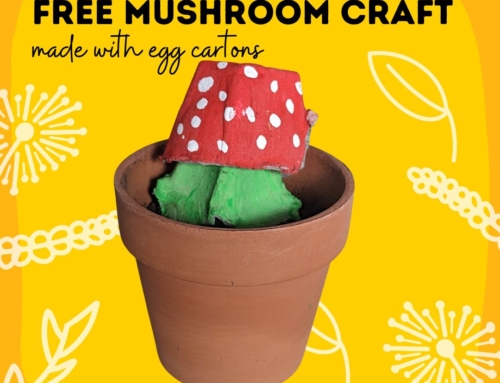If you’re like many people across North America, you may be heading back to the office soon or transitioning from working from home full-time to working from home part-time. As we adjust to a new way of working, now is the time to also begin new habits within your company to help your coworkers reduce plastic and foam waste at work. Performing an audit of what you use around the workplace can help to set you up for success and have everyone reflecting on their consumption habits. Below you will find tips for performing the audit, these can also be used at a home-based office.
Do a recycling and garbage bin audit.
After your bins have recently been emptied, and a few items have been placed in them again, gather a team of colleagues and find a space to empty a few of the items. Take note of what is being thrown away and recycled. Assess the items to see if some were recycled incorrectly or if there is packaging that can be eliminated altogether. Make a list of what everyone is using and throwing away so that as a team you can make recommendations for some plastic and foam-free swaps. If there are items that are absolutely necessary or have no alternatives, make note of how to properly dispose of them. This process will help reduce waste that needs collecting. It will also engage employees on their waste and make changes in their day-to-day life.
Hang up proper recycling and waste education signs.
Once you have audited your bins in your workplace, place proper education information on signs near where staff are most likely to throw these items away – on and above the recycling bins works best. On the signs, list which packaging and waste go in which bin. Write out a friendly reminder of some items that can be swapped and reused in place of plastic and foam items (for example, a stainless steel water bottle can be used instead of single-use plastic water bottles).

Review your office supplies.
There are plastic and foam-free alternatives for more than just water bottles. Sustainable options can be found for office supplies as well. Review which supplies are being purchased for your workplace and if some are never or rarely being used, reduce how often your company is purchasing that item or find a plastic-free alternative. Some stationary that can be swapped include:
- Pencils that are made of recycled materials
- Bamboo pencil sharpener
- Recyclable post-it notes or find ones that are also in plastic-free packaging
- Refillable, bamboo pens
- Recycled printing paper and paper that is packaged in recycled paper as well
- Binders that are made from 100% recycled paper instead of plastic
- Cotton pencil case

Pack a plastic and foam-free lunch.
One of the simplest ways to reduce everyone’s plastic waste is to pack a lunch instead of eating out each day. Purchasing a lunch to go or eating out can create excess trash. Packing your lunch will help you assess your own kitchen and reflect on reducing plastic and foam at the grocery store. When bringing your lunch, use reusable items so that they can be stored and taken home to wash and be used again. Items that make these habits easier include:
- Cloth lunch bag
- Stainless steel straws
- Stainless steel or bamboo cutlery
- Glass containers
- Beeswax wraps
- Reusable mugs
- Stainless steel water bottle
- Silicone sandwich and snack bags
When ordering in for the whole company, tell the restaurant you would like to opt-out of plastic and foam cutlery and plates. Instead, have a supply of kitchen dishes and reusable cutlery on hand in your workplace kitchen. Look for local restaurants that do not package their food in plastic containers or styrofoam. Find places that primarily use paper packaging and recycled paper bags over plastic bags.
Create actionable and attainable goals for your office.
After you have reviewed your plastic and polystyrene foam use around your office, discuss with your manager or company president the many ways you would like to see everyone reduce their plastic and foam footprint. Offer up suggestions and then work together to create smart, attainable goals. Come up with how you’ll put these into action and review them every 6 months to see how they are going. Not only can each person within your company change their own habits but together you will change your company habits. By tracking your progress and success, you’ll have a story to share and new values to talk about within your company’s mission. Plus you’ll be doing good for the environment and reducing the plastic and foam that goes to the landfill and ultimately into the oceans.
Need help approaching your management team? Use our email template to customize based on your personal experience and send it to your boss. This will help get the conversation started.
If you’re ready to take your office audit to the next level, use our resources to get started and once complete, discuss with your team other ways you can eliminate waste. Consider asking a local environmental or recycling group to come into the office and review what you’ve already done or have them provide an education session on plastic and polystyrene waste.
Are you already using less plastic at your company? We’d love to see it! Share your stories on Facebook, Twitter, and Instagram using the hashtag #ditchplasticpackaging and tag us @ditchplasticpackaing.





